DISCLAIMER: Always consult with a healthcare professional before starting any new routines, programs, or nutrition plans to ensure you receive the best medical advice and strategy for your specific individual needs.
The benefits of a plant-rich diet are well-known, yet, only 1 in 10 Americans meet the daily recommendations, and there are plenty of reasons why. Grocery store shelves are loaded with processed foods that are cheaper but inferior. Convenience foods are versatile, easy to prepare, and have a long shelf-life. Even when we’re not buying pre-prepared foods at the store, the choice is often a double burger, fries, and coke.
While processed foods are convenient and readily available, they contain artificial colorings, emulsifiers, and anti-caking agents you wouldn’t cook with. The foods that sit toward the whole foods end of the continuum are free of compounds you can’t pronounce or understand. Eating whole and increasing your intake of vegetables and fruits is the best way to supply your body with the nutrients it needs.
If you still need some motivation, however, or are struggling to get your daily quota of vegetables, here are some reasons to increase your intake, ways to get your 5 a day, and a list of veggies that will keep your tummy and body happy.
Why Is Eating Vegetables Important?
 Twelve subgroups of vegetables exist, and each supplies important minerals, vitamins, and dietary fiber that benefit your health. Eating a variety of vegetables offers a range of benefits like lower risk of hypertension and heart disease, improved digestive health, and diabetes control. A diet high in plant compounds helps fight inflammation, supports eye and bone health, improves your skin, and enhances immunity. Vegetables are also high in water content and low in calories, carbohydrates, and fat, and a regular intake helps maintain a healthy weight.
Twelve subgroups of vegetables exist, and each supplies important minerals, vitamins, and dietary fiber that benefit your health. Eating a variety of vegetables offers a range of benefits like lower risk of hypertension and heart disease, improved digestive health, and diabetes control. A diet high in plant compounds helps fight inflammation, supports eye and bone health, improves your skin, and enhances immunity. Vegetables are also high in water content and low in calories, carbohydrates, and fat, and a regular intake helps maintain a healthy weight.
Tips to Start Eating Vegetables Every Day
Here are a few tips to have in mind when starting to incorporate more veggies into your diet.
Eat vegetables for breakfast
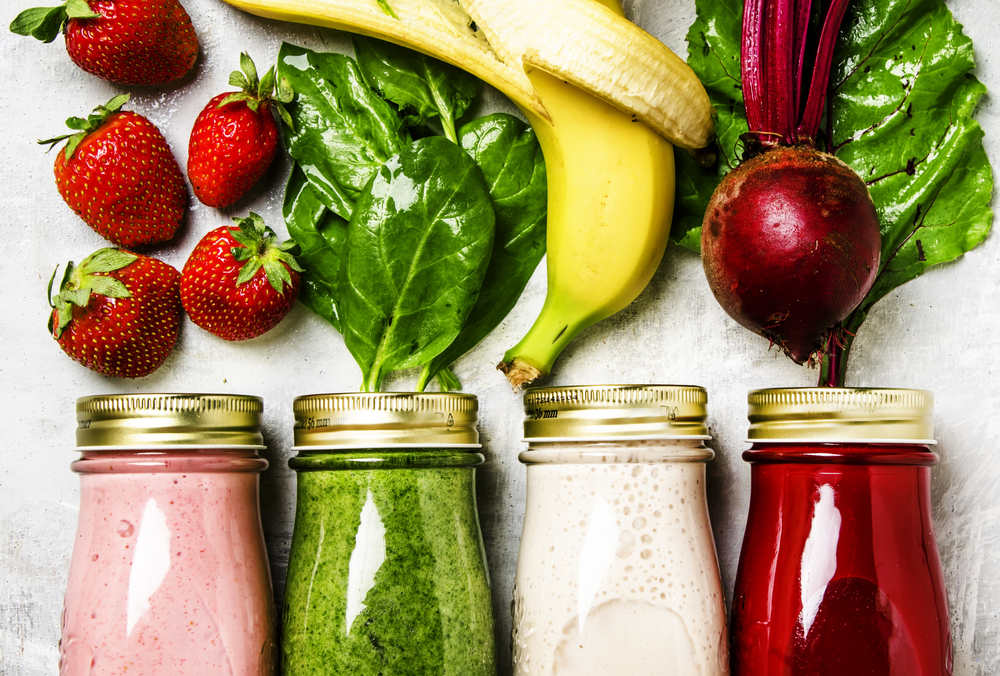
Eating vegetables for breakfast improves digestion, lowers blood pressure and cholesterol levels, and boosts your productivity and mood. Veggies are satiating, hydrating, and full of nutrients, which is why you will find breakfast cultures centered around vegetables around the world.
Koreans typically have kimchi, a side dish of marinated, steamed, or stir-fried vegetables. Breakfast in Sweden includes open-faced sandwiches with cheese, ham, cucumber, celery, and tomato. And a full English breakfast means a plate full of bacon, eggs, beans, grilled tomato, and mushrooms. The list of cuisines where veggies are heavily featured is long.
And with plenty of recipes from around the world, incorporating veggies into your breakfast is simple and easy. You can try some tasty recipes like butternut squash bake, sauteed pepper, onion omelet, vegetable frittata, or Greek scramble.
Drink your veggies

According to some theories, the body absorbs antioxidants, minerals, and vitamins more easily when you juice. However, there is no scientific evidence that juicing is better than eating whole vegetables (or fruit). Juicing removes the fiber which is essential for a healthy diet. Fiber helps maintain normal blood sugar and cholesterol levels support bowel health and promote the release of toxins from the body.
So, instead of juicing, you can blend vegetables to retain the fiber. Blending makes it easier to eat your vegetables if you don’t have time to do all the chopping. Just put the entire serving of broccoli, spinach, bok choy, cilantro, and kale into the blender to give yourself a nutritious boost.
Substitute raw vegetables for crackers, pita, tortillas, and other bread
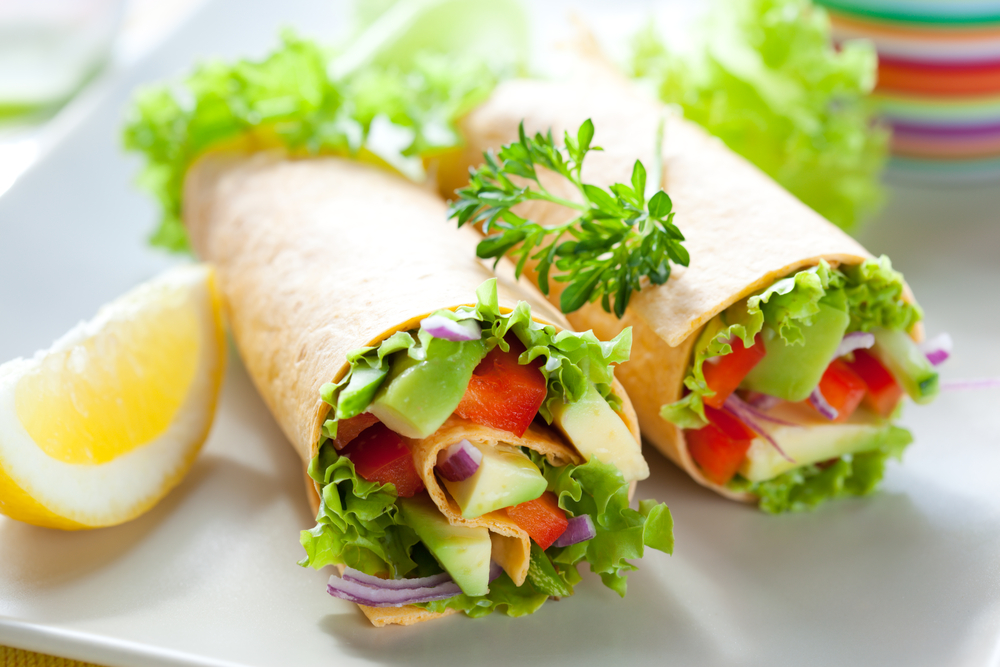
One way to ensure that you eat vegetables every day is to include them in your meals or snacks. Making crackers, for example, is not only quick and easy but you get to eat vegetables in a format that’s both tasty and convenient. You can also make dips like the classic spinach or red pepper dip as the perfect companion for breadsticks, crackers, and raw vegetables. Likewise, you can have veggie pitta bread with cherry vine tomatoes and peppers or tortilla wraps packed with carrots, zucchini, red bell peppers, and onion.
Make veggies the centerpiece of your meal
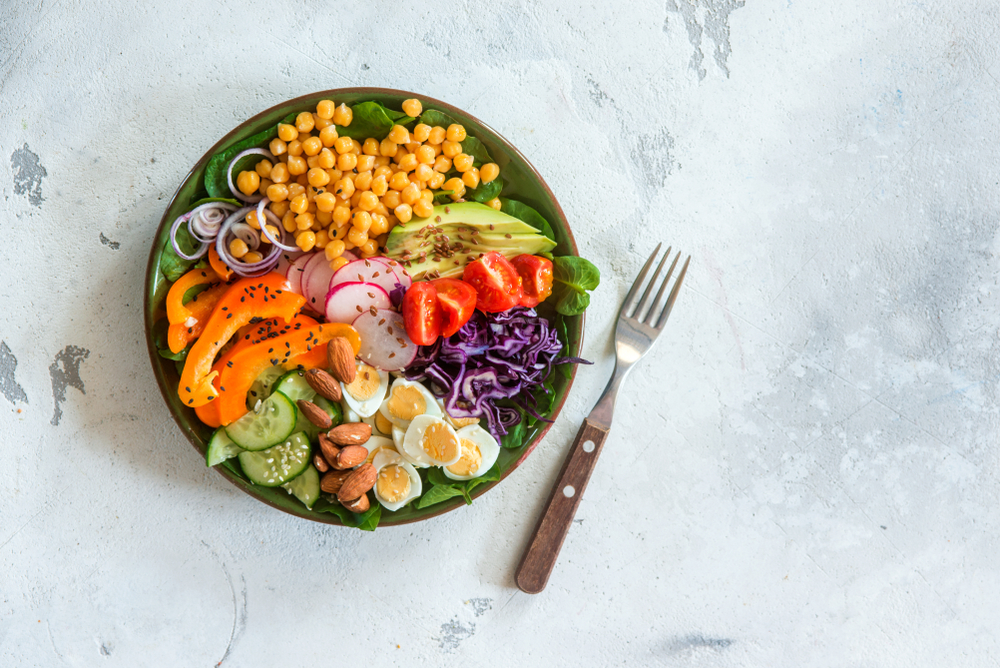 Eating meals that are mostly veggies is another way to get your daily quota and ensure you eat vegetables every day. You will find plenty of delicious recipes that make veggies the hero, like smoky quinoa taco bowls, ratatouille stir-fry, stuffed portobello mushrooms or peppers, and veggie frittata. Also, there are a number of creative ways to eat more vegetables, like sneaking them into noodles, puddings, or quesadillas.
Eating meals that are mostly veggies is another way to get your daily quota and ensure you eat vegetables every day. You will find plenty of delicious recipes that make veggies the hero, like smoky quinoa taco bowls, ratatouille stir-fry, stuffed portobello mushrooms or peppers, and veggie frittata. Also, there are a number of creative ways to eat more vegetables, like sneaking them into noodles, puddings, or quesadillas.
Pack a salad for lunch
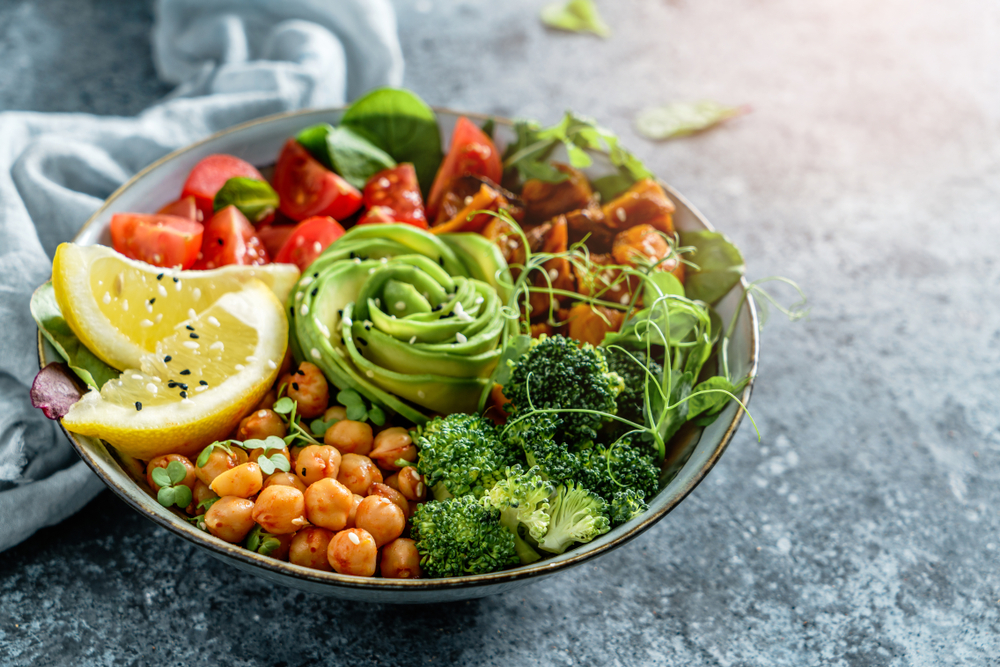 Packing a salad for lunch is not only a time-saver but will help you to cut down on empty calories that fast food usually has. To make your salad as healthy, tasty, and colorful as possible, include a variety of vegetables and add some healthy fats and protein to give it a boost. Healthy proteins to add to your salad include chickpeas, eggs, tofu, chicken breast, and sliced tuna. You can finish with healthy fats to make your salad tastier and more filling, like sunflower or pumpkin seeds, pecans, cashews, or avocado.
Packing a salad for lunch is not only a time-saver but will help you to cut down on empty calories that fast food usually has. To make your salad as healthy, tasty, and colorful as possible, include a variety of vegetables and add some healthy fats and protein to give it a boost. Healthy proteins to add to your salad include chickpeas, eggs, tofu, chicken breast, and sliced tuna. You can finish with healthy fats to make your salad tastier and more filling, like sunflower or pumpkin seeds, pecans, cashews, or avocado.
Experiment with different cooking methods
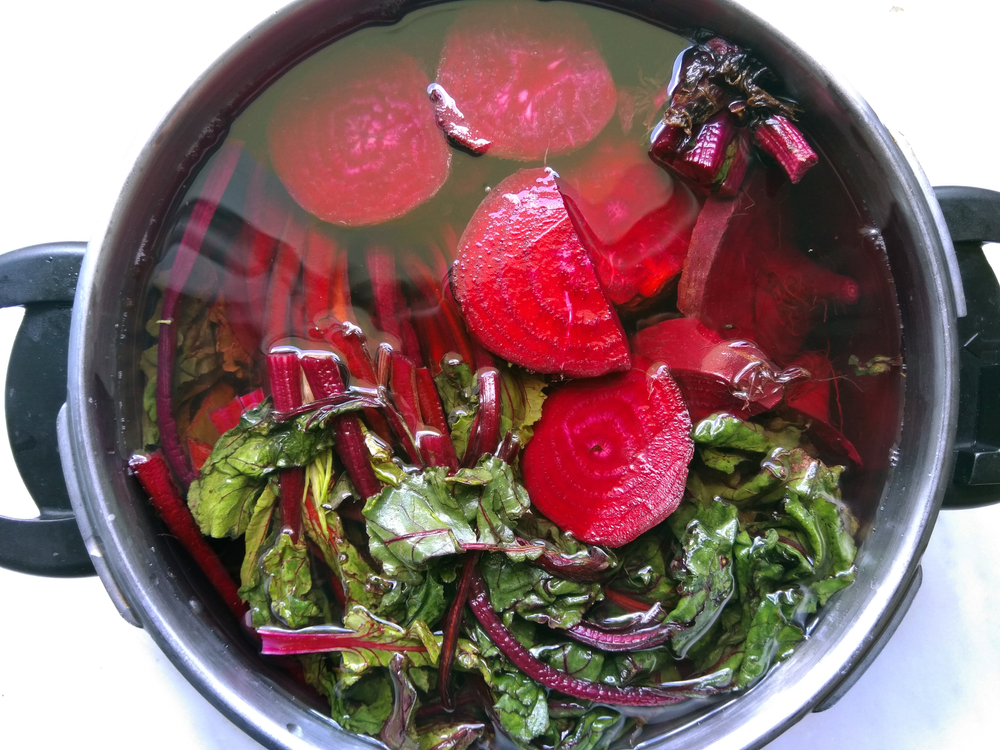 You can experiment with different cooking methods to diversify your everyday meals. Dry heat cooking, for example, includes roasting, sauteing, stir-frying, pan-frying, grilling, and barbecuing. You can roast or grill vegetables with healthy oil and garnish them with parsley or dried thyme. Or you can make a stir-fry with seasonal veggies and tofu, chicken, or beef.
You can experiment with different cooking methods to diversify your everyday meals. Dry heat cooking, for example, includes roasting, sauteing, stir-frying, pan-frying, grilling, and barbecuing. You can roast or grill vegetables with healthy oil and garnish them with parsley or dried thyme. Or you can make a stir-fry with seasonal veggies and tofu, chicken, or beef.
Moist heat cooking also includes a variety of methods such as poaching, boiling, simmering, blanching, pressure cooking, steaming, and stewing. Examples of recipes to try include blanching carrots or broccoli or steamed vegetables with olive or sesame oil.
Include a variety of colors
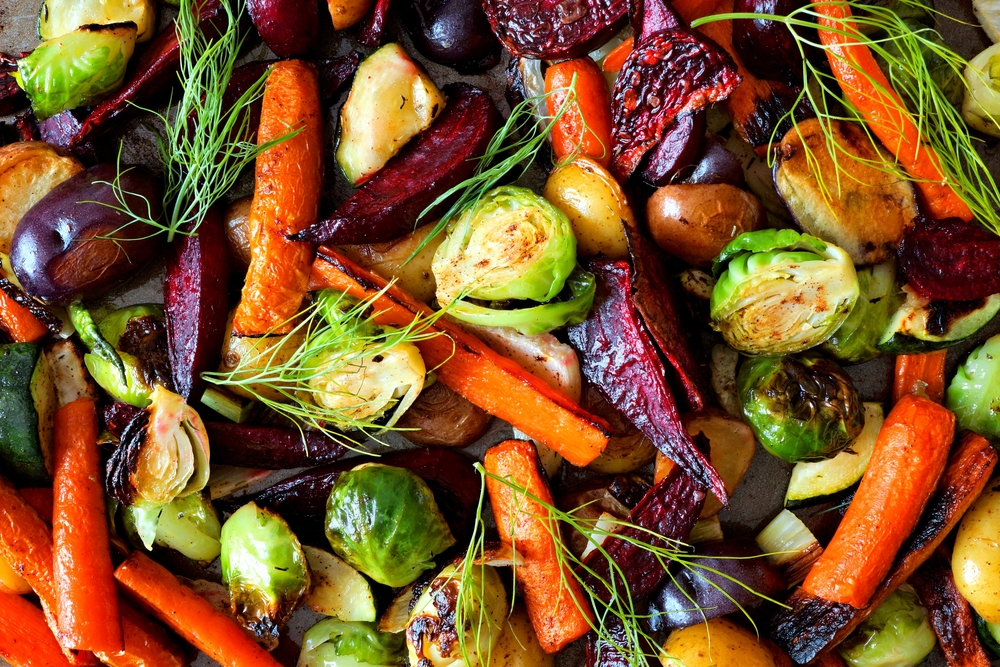
Vegetables fall into five color groups: blue/purple, green, white/brown, orange/yellow, and red. Each color offers different health benefits. Blue/purple vegetables such as eggplant and beetroot, for instance, are a good source of anthocyanin which reduces the risk of heart disease and lowers inflammation. The group of orange/yellow vegetables includes sweet corn, pumpkin, orange and golden kumara, and carrots. They are high in antioxidants, beta-carotene, vitamin C, potassium, and flavonoids. These nutrients support health in a number of different ways, including collagen formation, blood pressure control, and healthy joints. Red vegetables like tomatoes and radishes are also packed with nutrients, including potassium and vitamins K, C, and A. These nutrients help improve brain function, strengthen immunity, and reduce the risk of high cholesterol, hypertension, and atherosclerosis.
White/brown, the fourth group, includes parsnips, onions, mushrooms, and cauliflower which are high in phytonutrients, vitamin C, and potassium. These nutrients are good for your metabolism, digestive system, immunity, and heart health. Lastly, green vegetables like lettuce, celery, and broccoli offer antioxidants, magnesium, and vitamin K which contribute to heart and bone health.
As each group offers different health benefits, including a variety of colors and types is a good way to maintain a healthy diet and lifestyle.
Don’t forget frozen vegetables
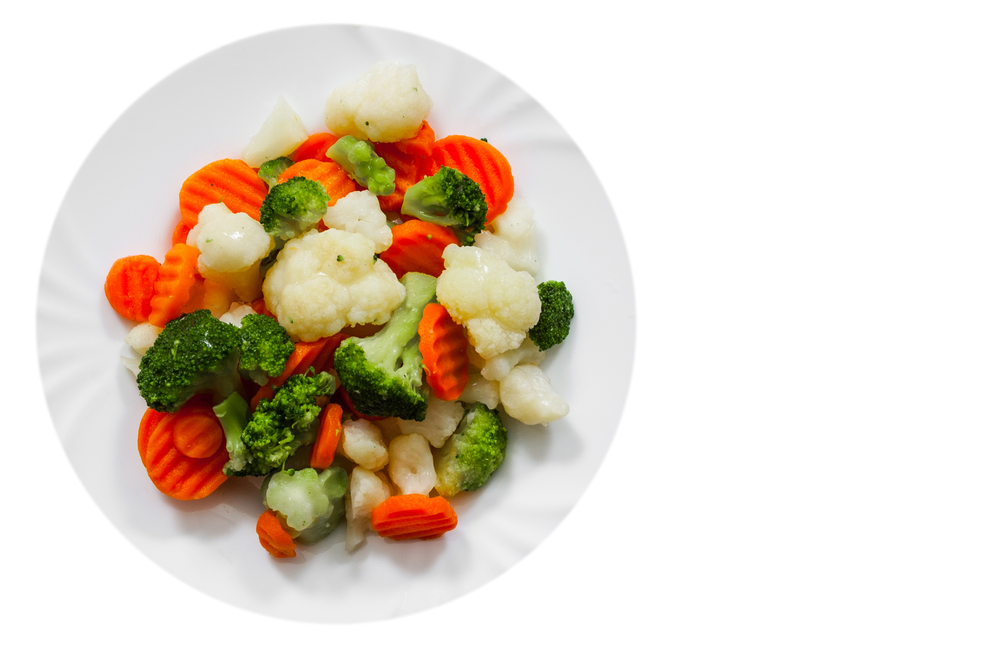
With canning, fat-soluble vitamins like K, E, D, and A are retained but water-soluble vitamins such as C and B are lost due to high heat. Unlike it, freezing does not reduce the nutritional value of vegetables, and all minerals and vitamins are retained. In fact, vegetables are usually frozen when they reach the peak level of their nutrient density. This means that they can be more nutrient-dense than fresh vegetables that sit around for days.
Get creative
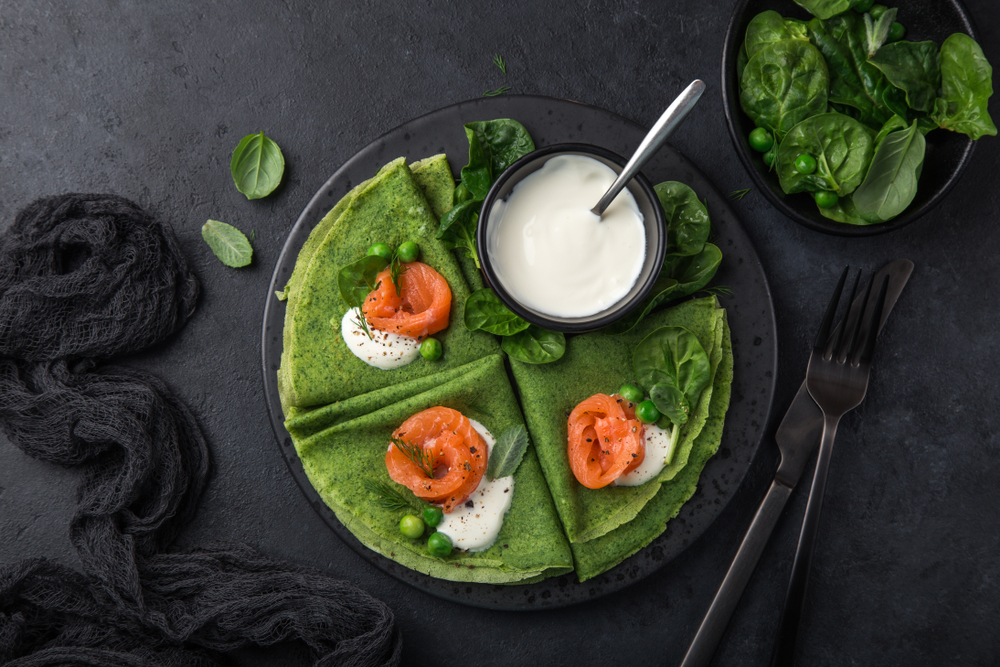 There are plenty of creative ways to incorporate vegetables into your meals, like adding veggies to pancakes, waffles, biscuits, and cakes. You can add zucchini to your brownie batter, carrots to cookies, or avocados to pudding. Sweet potatoes can be pureed into a mousse and squashed into a cheesecake. You can even try vegetable ice cream with sweet corn, tomato, carrot, or beetroot. As veggie ice creams are low in sugar, they are healthier than regular ice creams and can be easily prepared at home.
There are plenty of creative ways to incorporate vegetables into your meals, like adding veggies to pancakes, waffles, biscuits, and cakes. You can add zucchini to your brownie batter, carrots to cookies, or avocados to pudding. Sweet potatoes can be pureed into a mousse and squashed into a cheesecake. You can even try vegetable ice cream with sweet corn, tomato, carrot, or beetroot. As veggie ice creams are low in sugar, they are healthier than regular ice creams and can be easily prepared at home.
Top Nutrient-Dense Vegetables for a Healthy Diet
Spinach
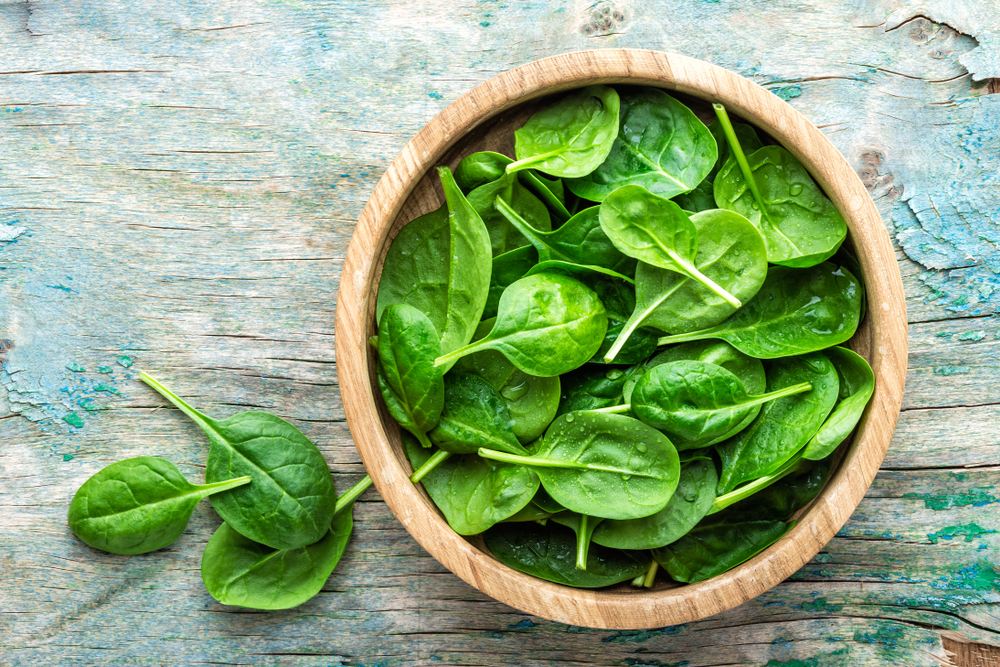 Spinach is rich in a number of nutrients, including potassium, folate, iron, and vitamins K, C, and A. It is also loaded with fiber and essential plant compounds like quercetin and lutein which promote eye and heart health and fight inflammation and infection.
Spinach is rich in a number of nutrients, including potassium, folate, iron, and vitamins K, C, and A. It is also loaded with fiber and essential plant compounds like quercetin and lutein which promote eye and heart health and fight inflammation and infection.
To benefit from spinach’s nutrients, you can eat it fresh or cooked. When cooked, your body will absorb more iron and calcium because heat breaks down oxalic acid in spinach which prevents their absorption.
Carrots
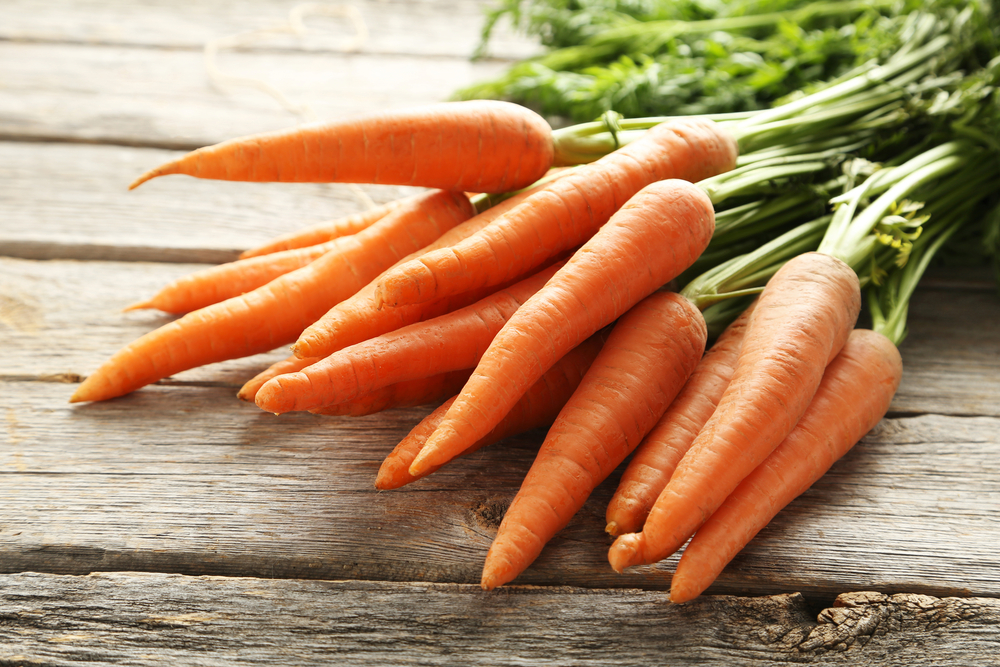
Carrots are also loaded with essential vitamins and minerals like iron, calcium, potassium, and vitamins C, K, and A. They are a good source of fiber and antioxidants such as anthocyanins and carotenoids. Anthocyanins have antimicrobial and anti-inflammatory properties and help reduce the risk of heart disease. In addition to lowering inflammation and promoting heart health, carotenoids strengthen the immune system and promote positive mental health.
The antioxidants in carrots are absorbed more easily if you eat them cooked. But the way you cook them also matters. Boiling reduces vitamin B1 and C content, so it’s better to roast, sauté, or steam them.
Broccoli
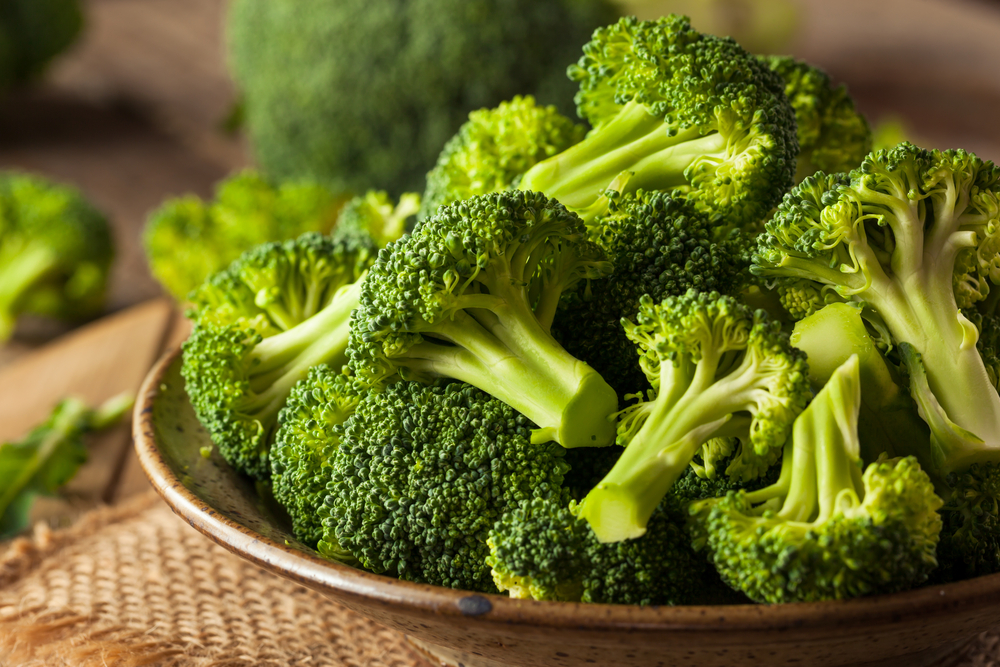 One of the most nutrient-dense vegetables you’ll find year-round, broccoli is packed with potassium, iron, calcium, vitamins K and C, protein, fiber, and folate. When steamed, just one-half cup supplies over 50 percent of your vitamin C daily intake. You need this antioxidant to protect yourself from free radical damage and infections and to maintain good blood vessels, skin, and bone health. Nutrients in broccoli also improve brain function, keep your heart healthy, and support hormonal balance.
One of the most nutrient-dense vegetables you’ll find year-round, broccoli is packed with potassium, iron, calcium, vitamins K and C, protein, fiber, and folate. When steamed, just one-half cup supplies over 50 percent of your vitamin C daily intake. You need this antioxidant to protect yourself from free radical damage and infections and to maintain good blood vessels, skin, and bone health. Nutrients in broccoli also improve brain function, keep your heart healthy, and support hormonal balance.
To keep all the nutrients intact, you can eat broccoli raw or steam it for 2 – 3 minutes. If you like it raw, you can dip it in guacamole, tahini, or hummus. Or you can add shredded or chopped broccoli to coleslaw or salads. If you like it cooked, you can add it to a wide variety of dishes, like fajitas, frittatas, stews, soups, and stir-fries.
Garlic
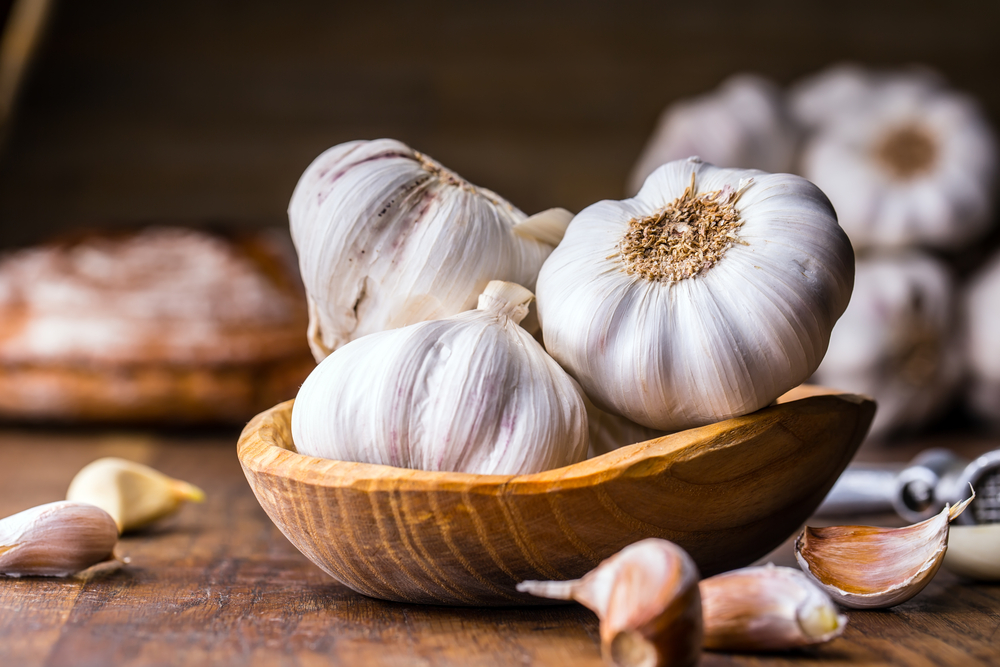
Alliumphobia means fear of garlic and that’s not a joke. While allium phobia is uncommon, people either hate it or are bonkers about it. If you are one of those who love garlic, it will love you back. It is a good source of minerals like manganese, magnesium, potassium, iron, calcium, and zinc as well as vitamins K, E, and C. Garlic also contains a total of 33 sulfur compounds which have been shown to have anti-inflammatory, antiviral, antibacterial, and anticancer properties.
To get maximum benefits, it’s best to eat garlic raw. It contains more allicin, a sulfur compound that lowers blood pressure, cholesterol, and blood sugar and helps the body fight infections. If you don’t like it as is, there are plenty of ways to add more of it to your menu. You can mix it into salsas, pesto, dips, or pasta, add it to salad dressings, or sprinkle it on buttered toast.
Brussels sprouts
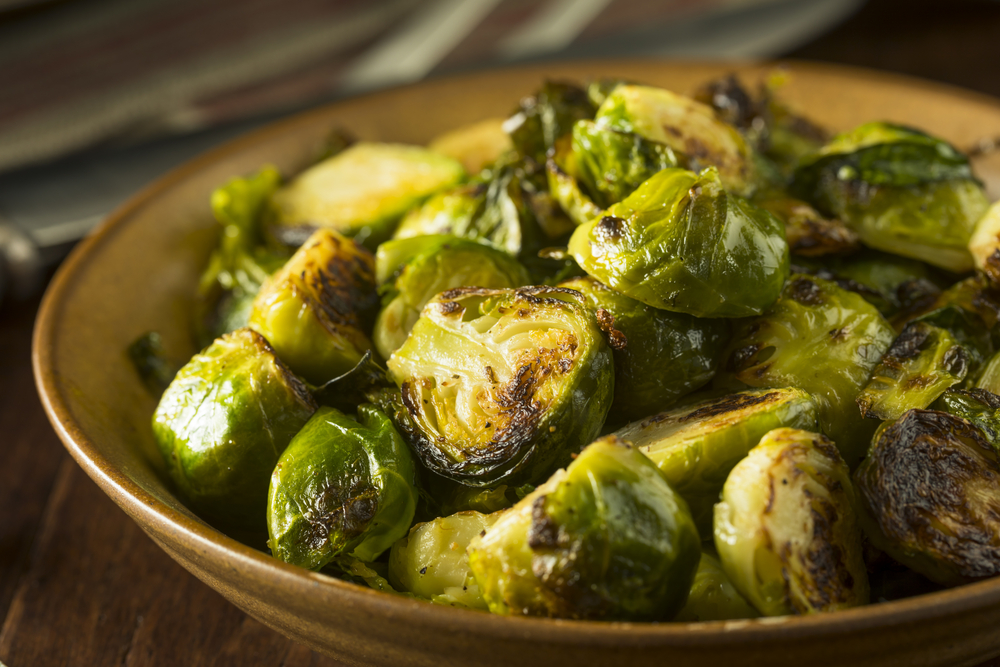
Low in calories and nutrient-dense, Brussels sprouts supply your daily dose of vitamins K and C and are rich in folate, vitamins A and B6, manganese, and fiber. Crunchy vegetables like Brussels sprouts help reduce the risk of diabetes, cardiovascular disease, high cholesterol, and blood pressure. Phytochemicals in Brussels sprouts have antioxidant and anti-inflammatory properties and protect cells from DNA damage.
To enjoy the benefits this crunchy vegetable offers, you can eat it roasted, sauteed, or baked. Or you can add fresh Brussels sprouts to pasta, frittatas, stir-fries, and other tasty dishes. There are plenty of recipes to try, like parmesan and roasted garlic sprouts, chorizo and sprout carbonara, and chicken and veggie fall skillet.
Kale
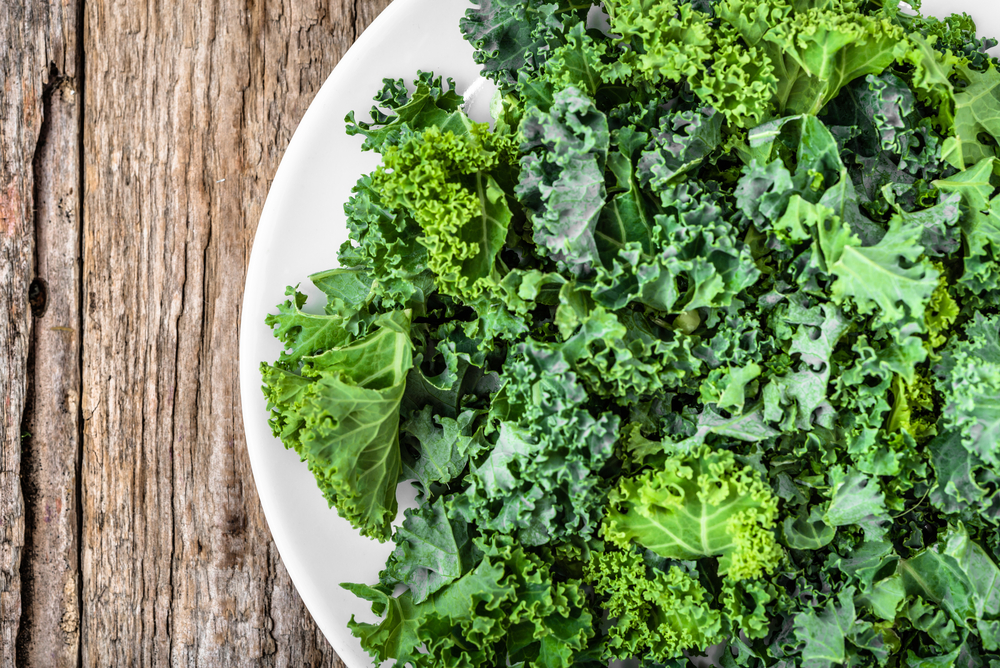
With high amounts of manganese, copper, potassium, calcium, and vitamins C, B6, A, and K, it is no surprise that kale is one of the veggie world’s superstars. It contains three times as much vitamin C as collard greens and spinach and more calcium than cow’s milk. The minerals, vitamins, and plant compounds that kale contains support bone and heart health, improve digestive function, and strengthen the immune response.
Not only is kale a true superfood but its sweet, mild taste works well with a variety of recipes. It can be baked, boiled, sauteed, steamed, or consumed raw in smoothies and salads. You’ll find a variety of tasty kale recipes, including side dishes, pesto, pasta, soups, quesadillas, and more.
Green peas
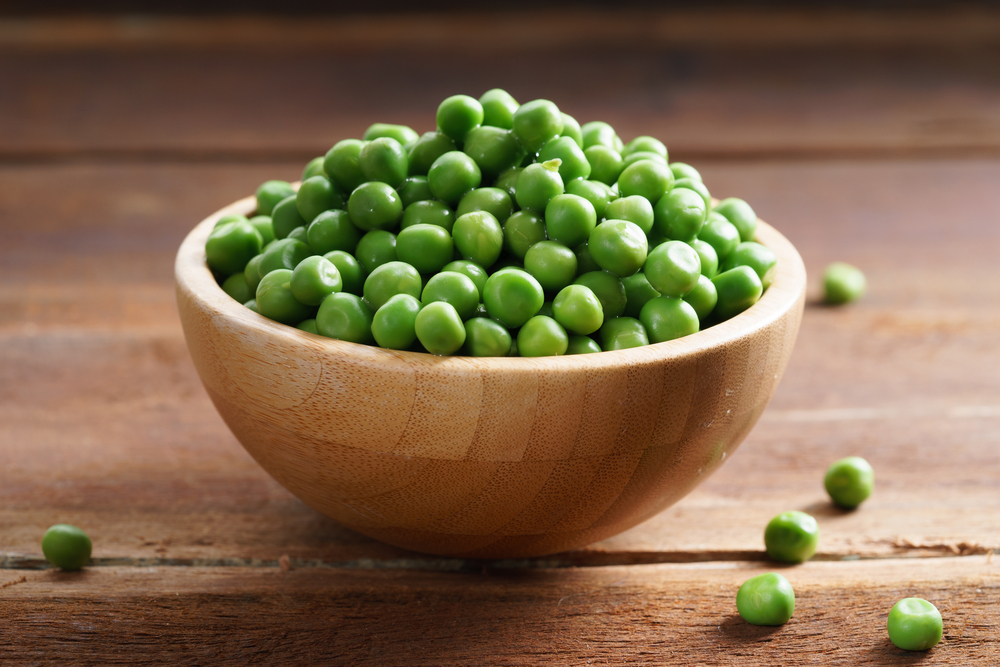
Green peas supply a decent amount of fiber, protein, magnesium, phosphorus, potassium, and vitamin C. Nutrients like potassium and magnesium support heart health while phosphorus keeps the teeth and bones healthy. Green peas are also a good source of vitamin A and B vitamins which reduce the risk of arthritis, heart disease, and diabetes and decrease inflammation in your body. Zinc and vitamins E and C in peas enhance immunity and prevent DNA damage in healthy cells.
With a high nutrient content, beany flavor, and sweet and savory notes, green peas can be a great addition to your diet. There are plenty of recipes to inspire your meal times, like avocado and green bean salad, peas and watercress soup, and peas on toast. You can use these little green guys to prepare a variety of meals, including pasta, pesto, dips, salsa, frittatas, risotto, and gratin.
Swiss chard
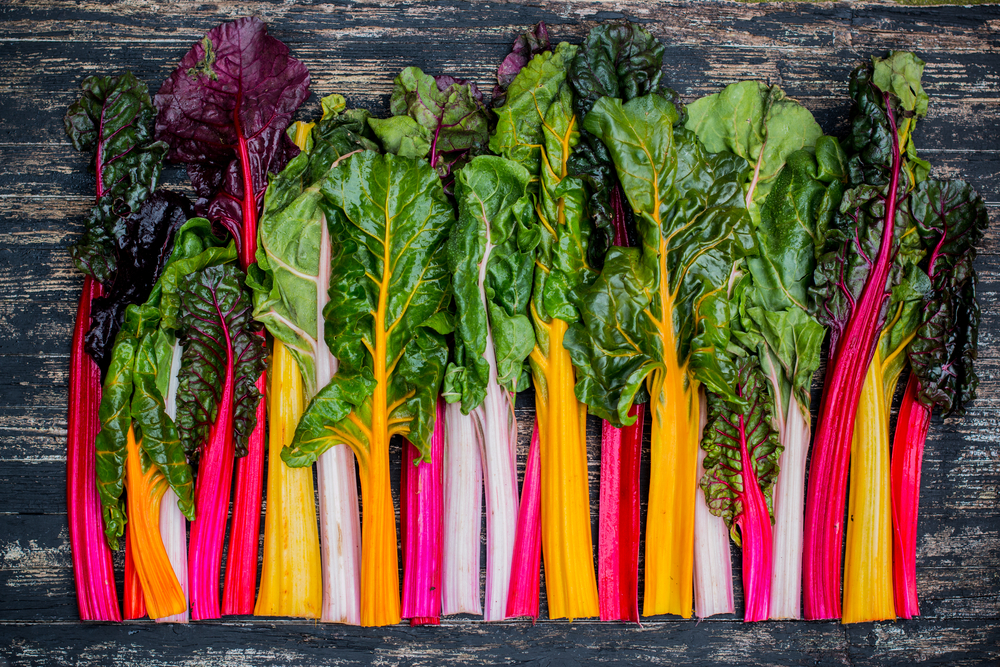
This green leafy vegetable is an excellent source of magnesium, iron, and copper and vitamins A and K. It is high in a number of antioxidants, including flavonoids and beta carotene which reduce inflammation, regulate enzyme activity, and prevent gene mutation. Like other leafy greens, Swiss chard is considered a powerhouse food that protects the body against cancer, heart disease, and other chronic conditions.
Thanks to the variety of nutrients, Swiss chard can be a valuable addition to your meal routine. It is readily available, versatile, and easy to cook and can be added to salads, side dishes, soups, pasta, and even desserts.
Beets
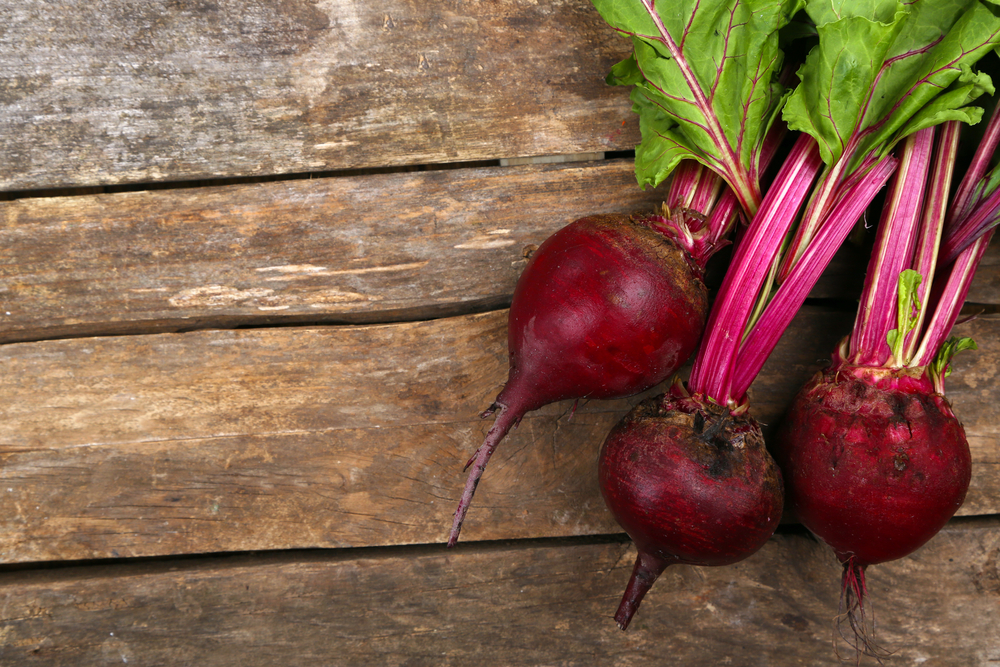
Beets are loaded with nutrients and worthy of a second look. They contain potassium, vitamin B2, folate, and manganese which promote bone and muscle health, fight inflammation, and enhance cognition.
In addition to their impressive nutritional profile, they come in a great variety, including sugar, striped, golden, red, and Mangel-wurzel beets. As versatile as they are, beets work well with a wide selection of recipes, including dips, salads, soups, and pasta. You can also prepare hummus, risotto, vinaigrette, borscht, and if you have a sweet tooth – a beet cake.
Asparagus
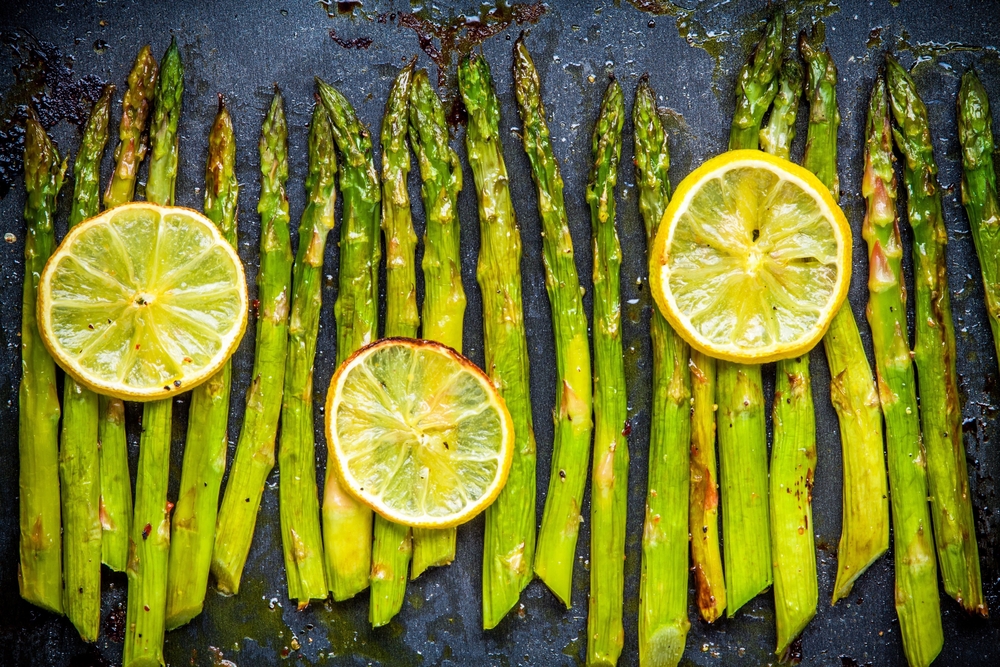
Asparagus is low in sodium and calories and an excellent source of anti-inflammatory nutrients such as selenium, manganese, zinc, vitamins C and E, and beta-carotene. It also contains asparagine, an amino acid that breaks down toxins in cells, supports brain function, and aids the production of muscle tissue, enzymes, and proteins.
This highly nutritious vegetable can be a delicious addition to your meals. You can cook it in a variety of ways, including blanched, stir-fried, steamed, sauteed, and grilled. Asparagus can be added to omelets, pasta, soups, frittatas, and pizzas or you can eat it raw.
Cauliflower
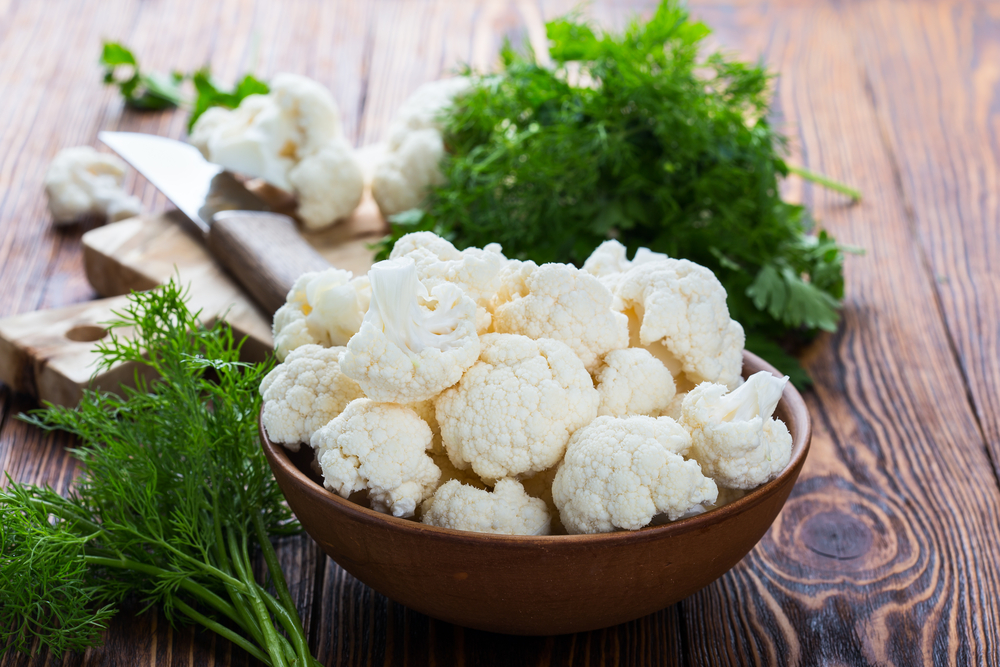
Rich in phosphorus, manganese, potassium, and vitamins B6, K, and C, this healthy vegetable packs a nutritious punch. Just one cup supplies over 75 percent of the recommended daily amount of vitamin C. In addition to its role in supporting a healthy immune system, vitamin C improves iron absorption, aids in collagen production, and eliminates free radicals from your cells. Cauliflower is also an excellent source of vitamin K which is crucial for bone metabolism, blood clotting, and heart health.
From a culinary perspective, there are virtually endless ways to enjoy cauliflower. You can prepare soups, pasta, tacos, crust pizzas, stir-fries, and even cauliflower cheese and rice.
Sweet Potatoes
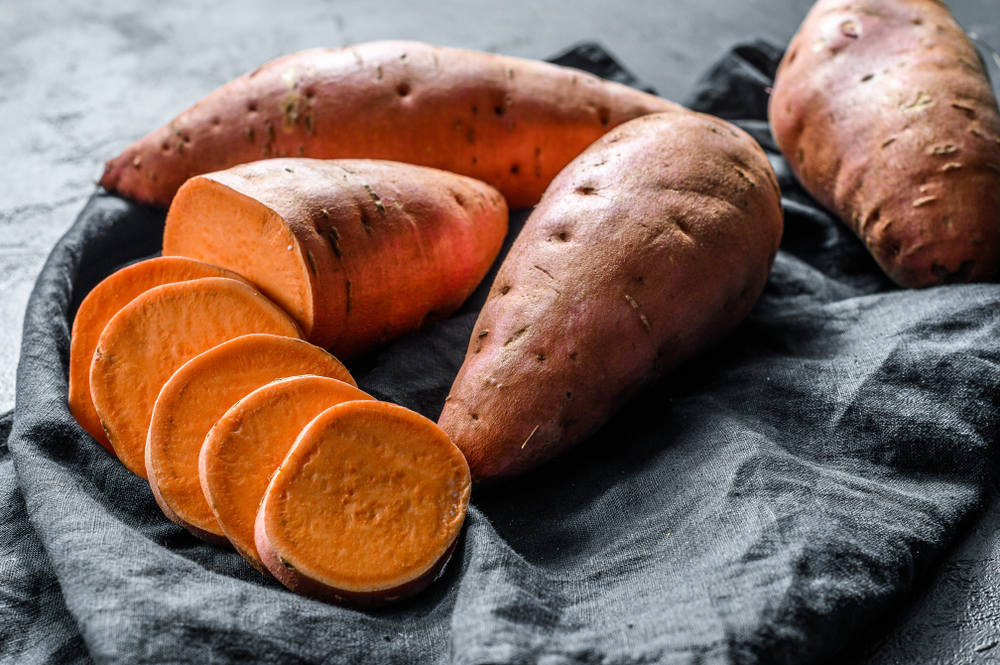 Sweet potatoes are one of the most nutrient-dense vegetables, packing a good amount of potassium, manganese, and vitamins C and A into each serving. They vary from red and purple to white, yellow-orange, and orange and are rich in fiber and antioxidants like carotenoids and flavonoids which have anti-inflammatory properties. Flavonoids, along with phenolic compounds help balance blood sugar levels, aiding diabetes management. Purple sweet potatoes also contain anthocyanins, a group of antioxidants shown to inhibit the growth of colon, gastric, and breast cancer.
Sweet potatoes are one of the most nutrient-dense vegetables, packing a good amount of potassium, manganese, and vitamins C and A into each serving. They vary from red and purple to white, yellow-orange, and orange and are rich in fiber and antioxidants like carotenoids and flavonoids which have anti-inflammatory properties. Flavonoids, along with phenolic compounds help balance blood sugar levels, aiding diabetes management. Purple sweet potatoes also contain anthocyanins, a group of antioxidants shown to inhibit the growth of colon, gastric, and breast cancer.
Packed with nutrients, tasty, and versatile, sweet potatoes are easy to incorporate into a healthy diet. They can be pureed, whipped, grilled, roasted, baked, and boiled. Sweet potatoes can be tossed into bread, pies, muffins, chili, and salads and pair well with a variety of seasonings, including paprika, garlic powder, cumin, cinnamon, and nutmeg.
Bell peppers
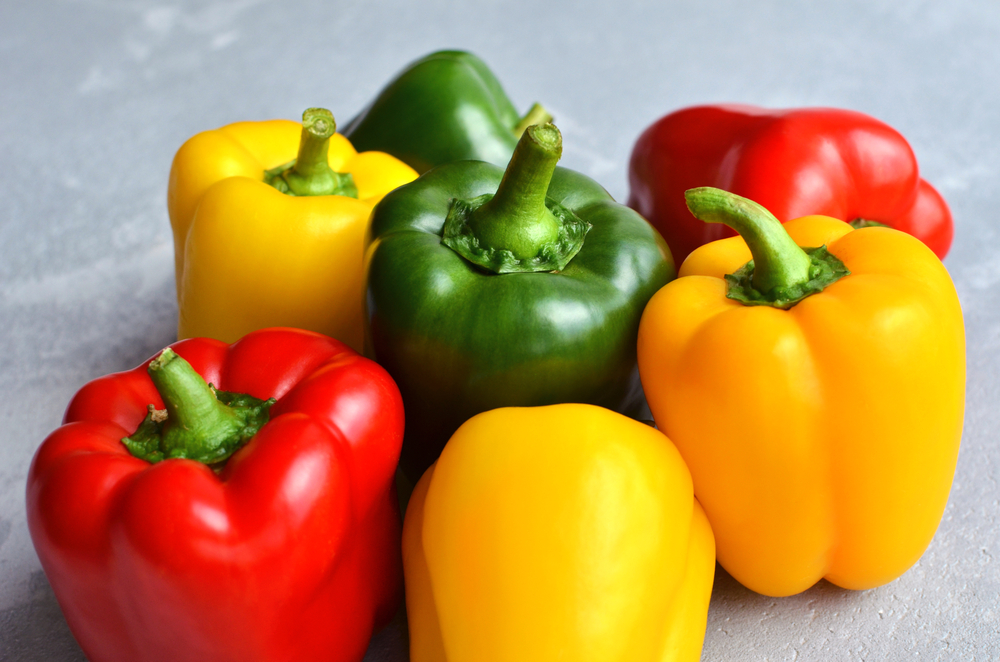
Found in a variety of colors, like white, orange, yellow, purple, and red, bell peppers are packed with nutrients, including vitamins C, B6, and A, potassium, and manganese. They also contain antioxidants like lutein, beta-carotene, and lycopene which protect cells from DNA damage, suppress inflammation and support eye and skin health.
Red bell peppers pack the most nutrients but you can use any variety to prepare tasty meals. Peppers can be pureed for dips and soups, sauteed, grilled, baked, and stuffed with whole grains, beans, or meat. You can use them in condiments, sauces, stews, and chilis, add them to sandwiches or salads, or eat them raw with your favorite dip.
Wrapping Up
 No single vegetable supplies all the minerals, vitamins, antioxidants, and plant compounds you need to stay healthy and feel your best. Eating a variety of colors, flavors, and types provides your body with the mix of fibers, phytochemicals, and nutrients you need. Expanding variety and increasing your consumption of veggies can benefit your health in a number of different ways. Nutrients in vegetables improve blood pressure, balance blood sugar levels, reduce the risk of heart disease, improve digestive health, and enhance immunity.
No single vegetable supplies all the minerals, vitamins, antioxidants, and plant compounds you need to stay healthy and feel your best. Eating a variety of colors, flavors, and types provides your body with the mix of fibers, phytochemicals, and nutrients you need. Expanding variety and increasing your consumption of veggies can benefit your health in a number of different ways. Nutrients in vegetables improve blood pressure, balance blood sugar levels, reduce the risk of heart disease, improve digestive health, and enhance immunity.
Yet, even with this laundry list of health benefits that vegetables provide, the majority of Americans don’t get enough. Why? Some people are unsure how to prepare them or don’t have time for prepping and cooking. Others don’t have a veggie habit or don’t find vegetables satisfying or appealing. Some people have grown accustomed to fat, sugar, and salt in processed foods and don’t like the earthy or bitter taste of some vegetables.
So, if you’re one of them and don’t get your five a day or simply loathe your greens, making vegetables a little more enticing can help up your intake. Luckily, there are so many ways to chop your way to a healthy diet and lifestyle and add veggies to your meals. Vegetables can be enjoyed steamed, roasted, grilled, or stir-fried for any meal occasion. Whatever cooking method or recipe you use to make friends with vegetables, incorporating them into your diet will pay off in the long run.
DISCLAIMER: Always consult with a healthcare professional before starting any new routines, programs, or nutrition plans to ensure you receive the best medical advice and strategy for your specific individual needs.


